News Desk

Researchers don’t yet know the exact set of circumstances that drove Europe’s hunter-gatherers to disappear, but their decline broadly coincided with the spread of farming in the region. Neolithic farmers arrived in Europe around 8,000 years ago and ultimately replaced hunter-gatherers after a period of sharing the continent with them.
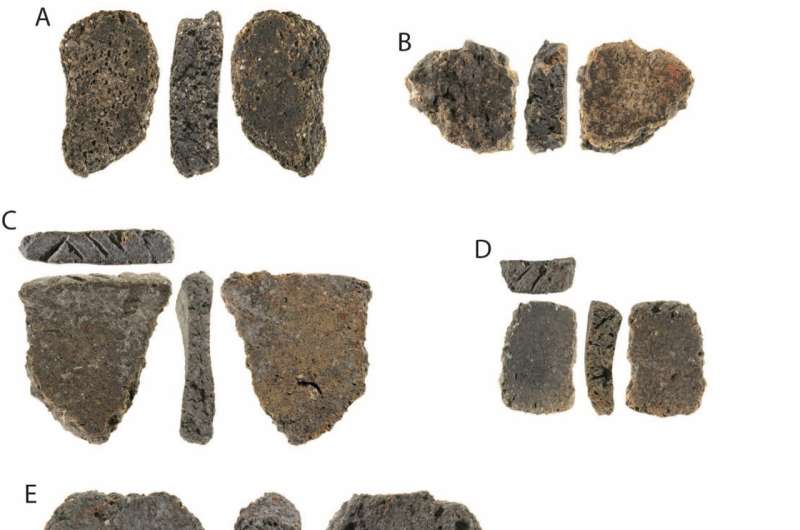
In new research published in Quaternary Science Reviews, we report the oldest securely dated ceramics found in Australia from archaeological excavations on Jiigurru (in the Lizard Island group) on the northern Great Barrier Reef located 600km south of Torres Strait. Our analysis shows the pottery was made locally more than 1,800 years ago.

In a recent study, researchers at Imperial College London investigated the complex relationship between psychedelics and mental health, highlighting the potential risks for people with personality disorders.
A study on mice has revealed that ayahuasca acts as a potent analgesic without causing any detectable toxic effects. This analgesic property is partly due to harmine, a significant component of ayahuasca. The findings were published in the Journal of Ethnopharmacology.
The founder of a rich data base of Indigenous Australian “message sticks” believes it showcases historic communication techniques of first nations people. You can access the beta version of the database here.
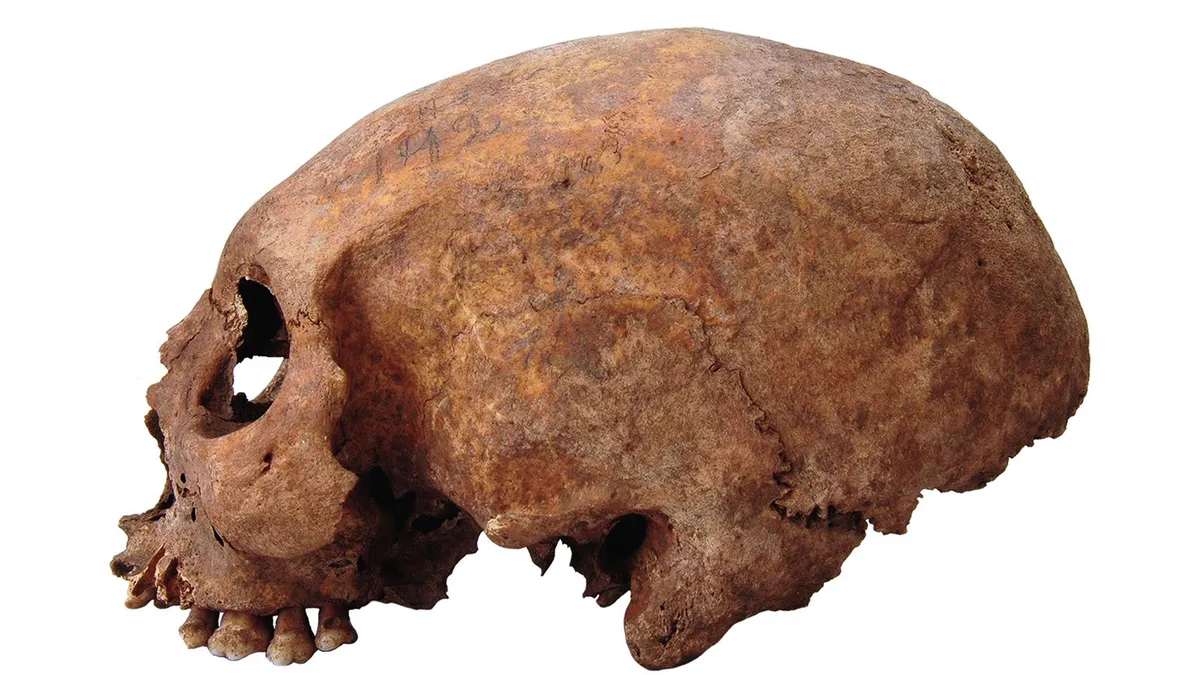
The elongated, cone-shaped skulls of Viking Age women buried on the Baltic island of Gotland may be evidence of trading contacts with the Black Sea region, a new study finds.

Hunter-gatherers in what is now Patagonia, Argentina, kept foxes as pets before the arrival of European dogs about 500 years ago, a new study suggests. In some cases, the ancient people were so closely bonded with their pet foxes that they were even buried with them.
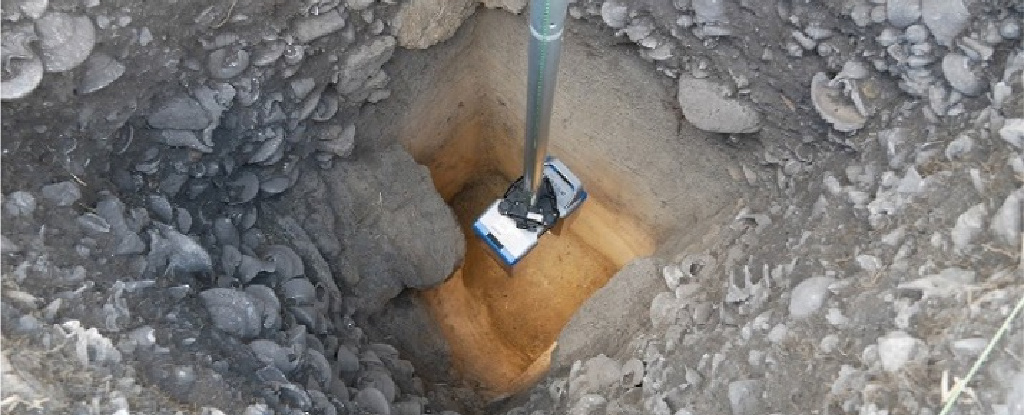
Dozens of broken pieces of pottery dating between 2,000 and 3,000 years old have been unearthed on a windswept island on the Great Barrier Reef – the oldest pottery ever discovered in Australia. The research has been published in Quaternary Science Reviews.
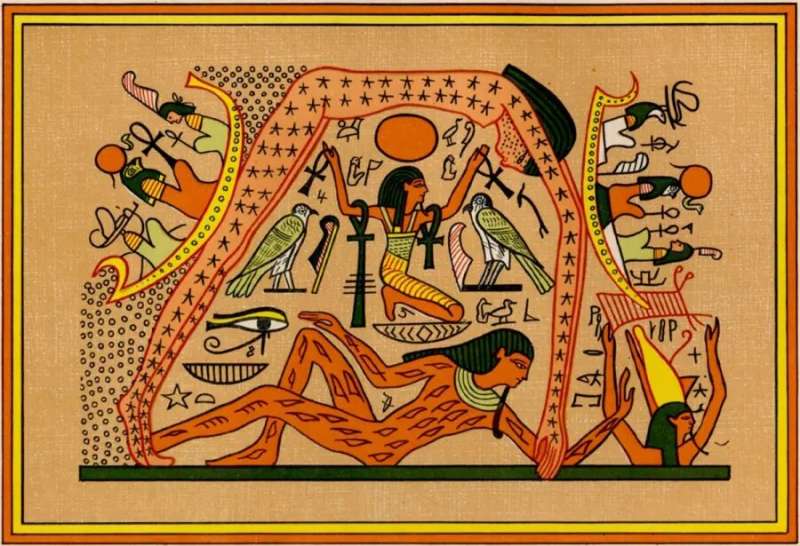
A new study by a University of Portsmouth astrophysicist sheds light on the relationship between the Milky Way and the Egyptian sky-goddess Nut.
Social media buzz and advertising claims have painted the cannabis derivative THC-O-acetate (THC-Oac) as a substance capable of delivering psychedelic experiences akin to LSD or psilocybin mushrooms. However, a recent study led by researchers at the University at Buffalo and published in the Journal of Psychoactive Drugs presents a different narrative, debunking these claims through scientific inquiry.

The moment the sun went behind the moon, the snapping turtles all simultaneously slipped into the waters of Lake Tawakoni. Twilight painted the world. Clouds raced across the sky. Just beside the moon-covered sun sat bright Jupiter, shining in the middle of the day. Most birds and insects had grown hushed or gone completely silent.
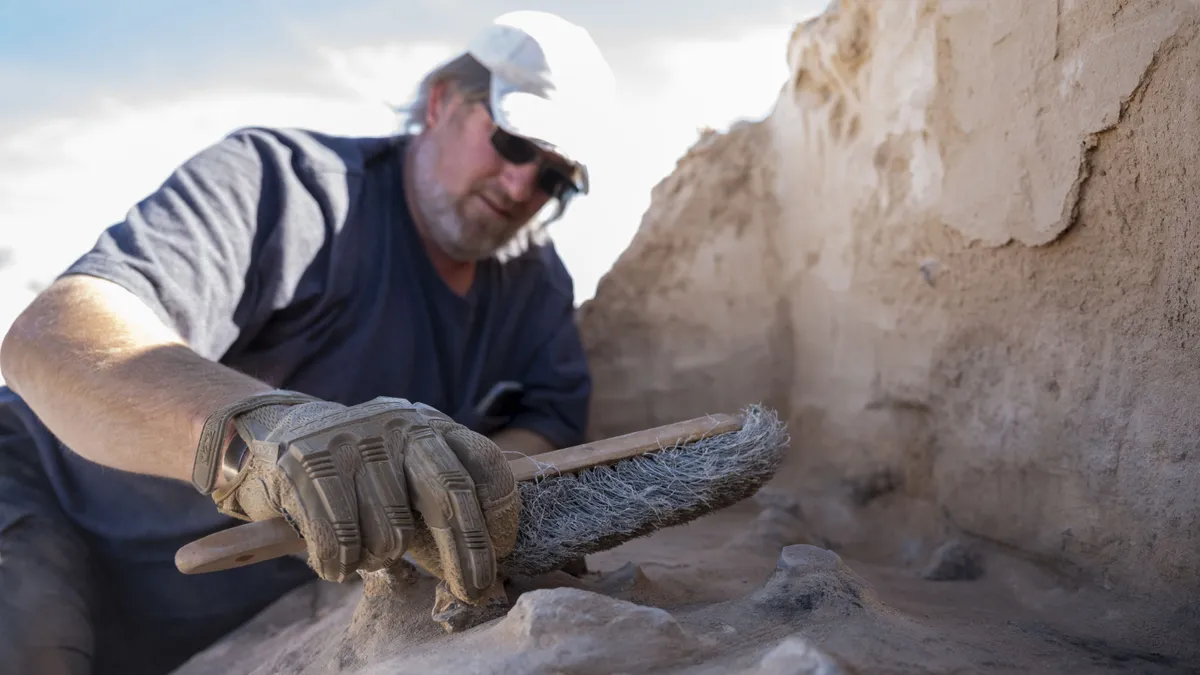
Military personnel recently unearthed the remains of a prehistoric campsite on an air base in New Mexico, which early Americans may have occupied 8,200 years ago.
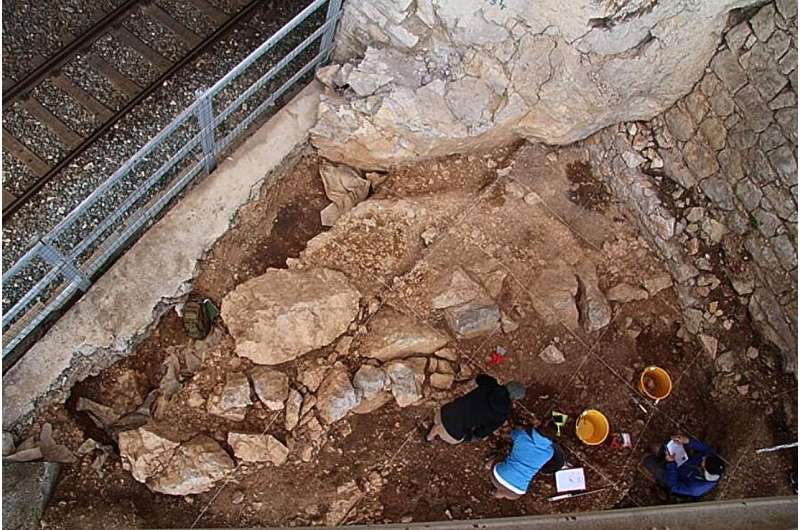
In a study published in the Journal of Archaeological Method and Theory, archaeologists from Université de Montréal and the University of Genoa reveal that far from being more primitive, Neanderthals did much the same as their Homo sapiens successors: made themselves at home.
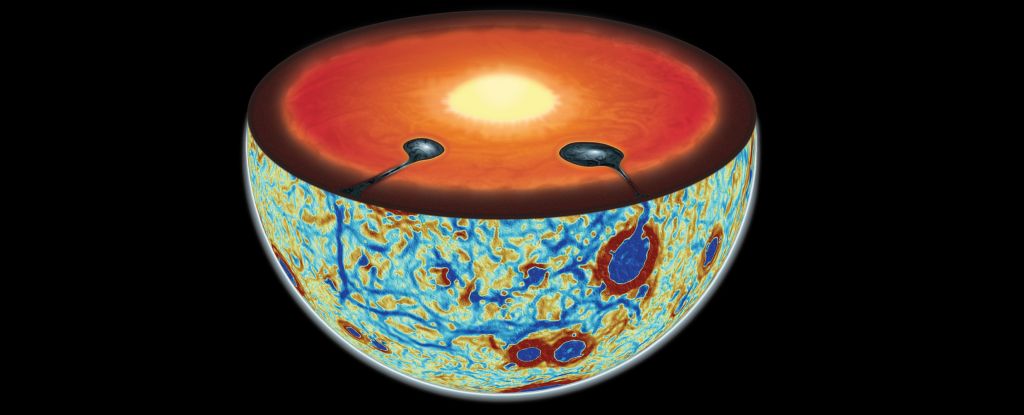
The Moon is a great whackin’ oddball in the sky, and scientists may have just figured out part of the reason why. Its surface is chemically asymmetrical, and new evidence suggests that’s because the Moon’s mantle flipped topsy-turvy upside-down when the Moon was only young. What was on top of Earth’s satellite went underneath; what was below came out into the light.
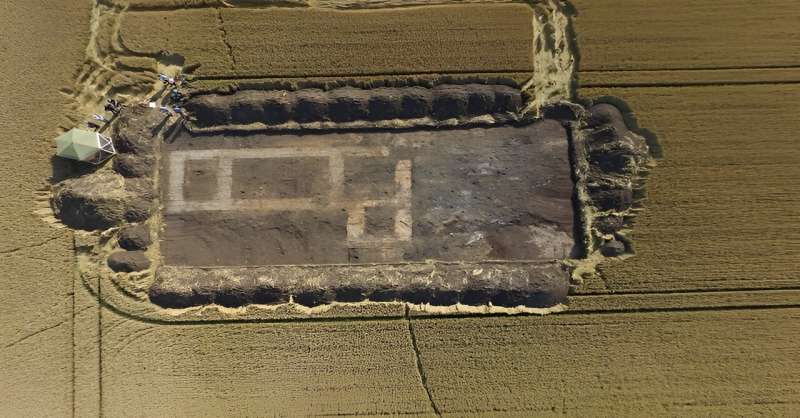
Archaeologists from Newcastle University have unearthed evidence for an evolving sacred landscape spanning centuries in Crowland, Lincolnshire. The study is published in the Journal of Field Archaeology.
Fossils of two strange creatures found in northeastern China show the earliest dental diversification among ancestors of mammals. One of the species, Feredocodon chowi, was found in the Daohugou Formation in Inner Mongolia. The rocks in which they were found date to the Middle Jurassic (174–163 million years ago). Two specimens assigned F. chowi were examined in a paper published in Nature.








